You can use these squat variations to train at home without using equipment
The squat is one of the most important exercises for the lower limbs and the entire core region. Considered a complete exercise, it can be done without weight, using only your body weight with the calisthenics method, and still offers great results and benefits.
In addition to the traditional way of performing the movement, there are several squat variations which can be incorporated into your routine and offer different levels of difficulty. Read on to learn the techniques!
Benefits of squats
Squats offer numerous benefits for the health and development of the body’s muscles. Watch!
- Muscle development: the exercise strengthens the muscles of the legs, buttocks and lower back
- Posture improvement: helps strengthen core muscles and improve body posture
- Greater strength: It works multiple muscle groups at the same time, resulting in an increase in overall strength
- Hormonal stimulation: it can help release hormones that promote muscle growth and fat burning
- Improves mobility: improves flexibility and range of motion in the hip, knee and ankle joints
- Injury prevention: strengthens stabilizer muscles, reducing the risk of knee and back injuries if done correctly
Always remember to perform squats with the correct technique to avoid injuries and obtain the best results. It is advisable to seek advice from a physical education professional for appropriate instruction.
7 variations of squats
Discover some squat variations to train anywhere!
1. Free front squat
This variation is very similar to the previous one in terms of leg position and complete movement. However, it can be done at home, without using weights, focusing only on the complete movement. It may be easier to perform than the previous one in terms of balance during the movement, making it great for beginners.
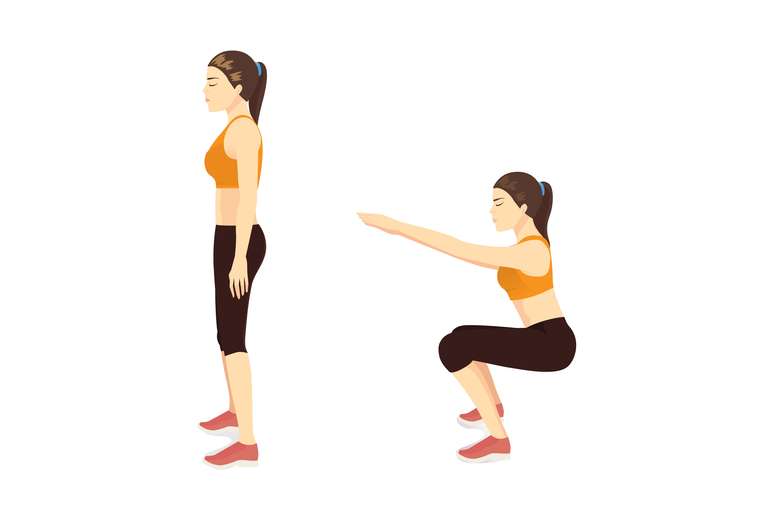
2. Sumo squats
It is also similar to the free squat, but in it the legs are wider, the feet are slightly pointed to the sides and the weight is held in front of the body. The name comes from the wider position of the legs, similar to that of a sumo wrestler.
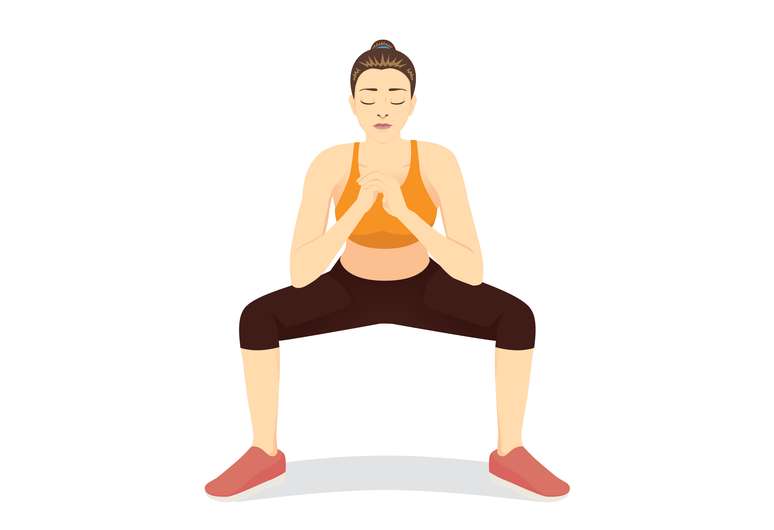
3. Lunge
In these types of squats the exercise is performed unilaterally, that is, with only one leg in front and the other behind. While the front one flexes, the rear one serves to provide balance. It requires more balance and can offer a more targeted workout to develop your thigh muscles.

4. Bulgarian squat
Similar to the one-legged squat, this exercise is performed with the back leg resting on an elevated object, such as a chair. You don’t necessarily need extra weight, as just having one leg raised behind you makes the movement more complex and difficult, making it a great exercise to do at home or in the park.
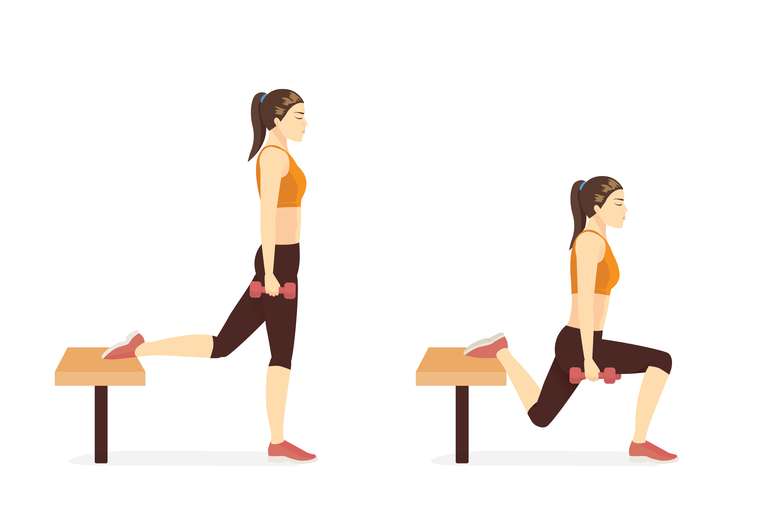
5. Static or isometric squats
The goal here is to make the movement more difficult by staying in the 90-degree squat position for a few seconds. It can be done with your back against the wall, but also without support. Try staying in the squat position for 30 seconds and then repeat the full movement.

6. Skip the squats
Here the squat movement is performed in a traditional way, but is followed by a vertical jump in the ascending phase, creating greater difficulty. It offers greater calorie expenditure due to jumping, as well as working on explosiveness while climbing.
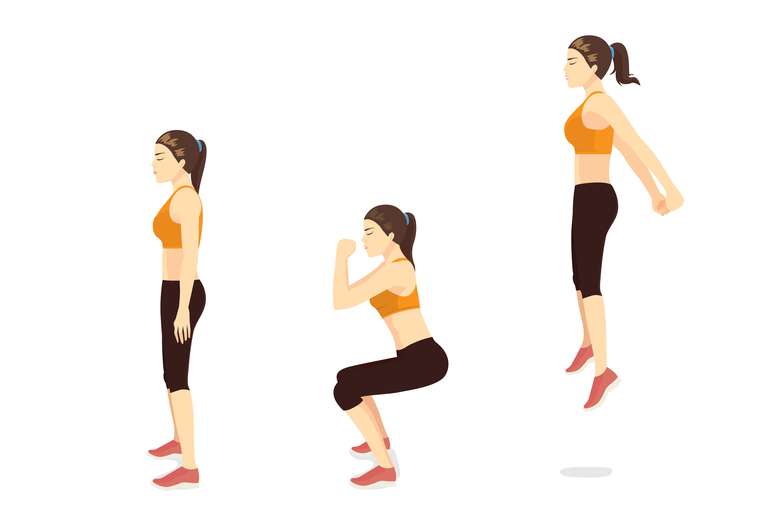
7. Cossack squats
This is also a one-legged squat, but performed with your legs parallel. As one flexes to one side, the other stretches. It is performed with alternating movements.
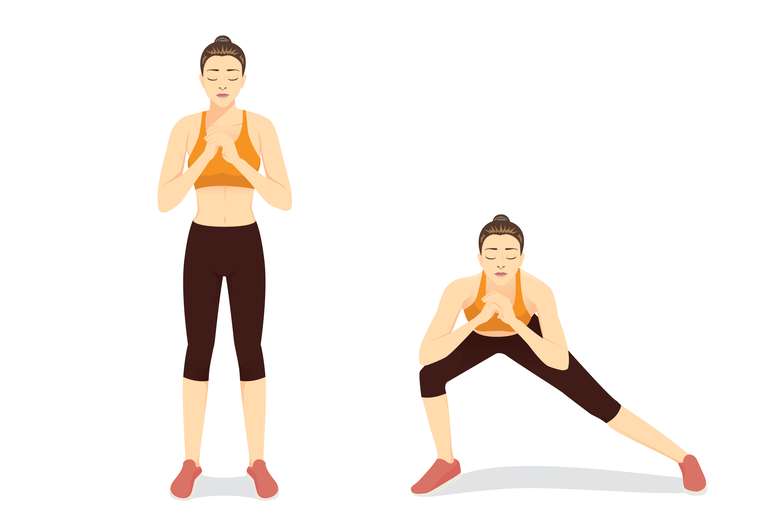
Source: Terra
Ben Stock is a lifestyle journalist and author at Gossipify. He writes about topics such as health, wellness, travel, food and home decor. He provides practical advice and inspiration to improve well-being, keeps readers up to date with latest lifestyle news and trends, known for his engaging writing style, in-depth analysis and unique perspectives.



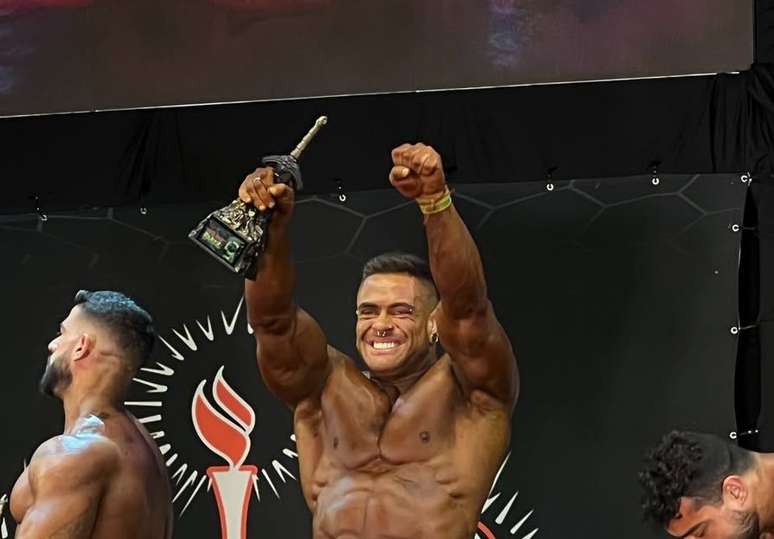


![Un Si Grand Soleil Preview: Episode Summary for Wednesday, October 22, 2025 [SPOILERS] Un Si Grand Soleil Preview: Episode Summary for Wednesday, October 22, 2025 [SPOILERS]](https://fr.web.img2.acsta.net/img/0e/67/0e6770bb5a7db892123914fb7afca318.jpg)

-1hbghh2apxaux.png)
